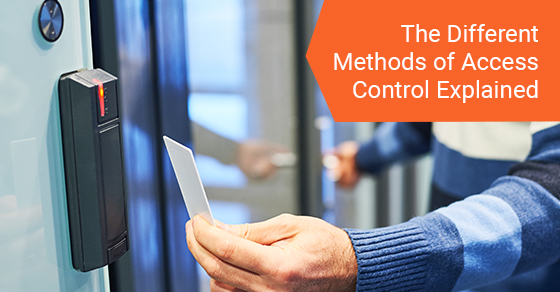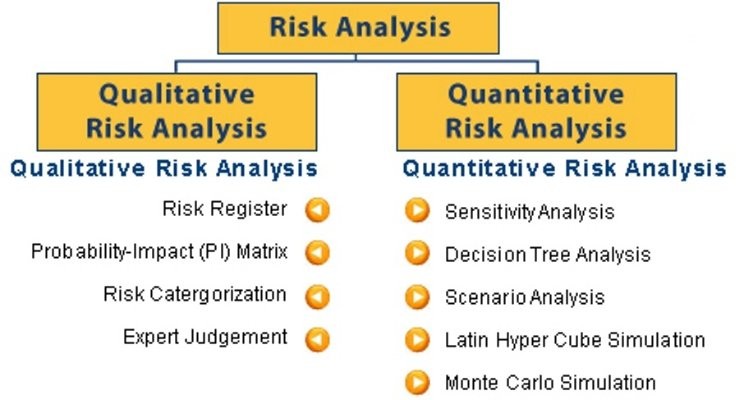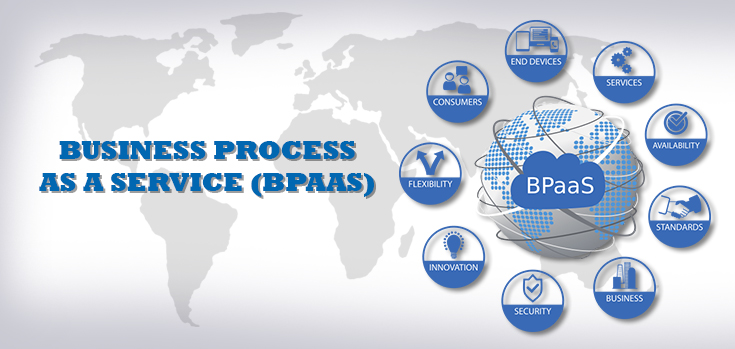In computer security, access control is an essential aspect that determines the level of authorization or permission granted to users or processes accessing resources. Access control can be implemented using various methods, including mandatory access control (MAC), discretionary access control (DAC), and role-based access control (RBAC). Each method has its advantages and disadvantages, and this essay will discuss the differences and benefits of MAC, DAC, and RBAC.
Mandatory Access Control (MAC) is a security model that provides high-level access control by restricting access to resources based on predefined security policies. In MAC, access to resources is granted or denied based on a set of rules set by the system administrator, and users have no control over it. This means that access control is determined by the security clearance of the user, which is usually granted by the system administrator. MAC is useful in environments where security is of utmost importance, such as government or military institutions. However, MAC can be challenging to implement and maintain due to the complexity of setting up and managing the policies.
Discretionary Access Control (DAC) is a security model that allows the owner of a resource to control access to it. In DAC, the owner of a file or directory has complete control over who can access it and what they can do with it. Access control is usually implemented by setting permissions on the resource, such as read, write, or execute. The owner of the resource can grant or revoke permissions as they see fit, making it easy to manage access control in small environments. DAC is commonly used in personal computers or small businesses where the owner has complete control over the system.
Role-Based Access Control (RBAC) is a security model that assigns permissions based on the role of a user. In RBAC, access control is determined by the user’s job function or role, rather than their identity. This means that users are granted permissions based on their job title or responsibilities. For example, an employee in the finance department may have access to financial reports, while an employee in the marketing department may not. RBAC is useful in large organizations where access control can be challenging to manage manually. It simplifies the process of managing access control by assigning permissions based on roles and responsibilities.
There are several advantages and disadvantages to each of these access control models. MAC is useful in high-security environments where strict control is necessary. However, it can be complex and challenging to implement and manage. DAC is easy to implement and manage, but it may not be suitable for larger environments. RBAC is useful in large organizations, but it may not be as secure as MAC or as flexible as DAC.
In conclusion, access control is an essential aspect of computer security, and there are several methods of implementing it. The three primary methods discussed in this essay are MAC, DAC, and RBAC. Each method has its advantages and disadvantages, and the choice of method will depend on the specific security requirements of the system. In general, MAC is suitable for high-security environments, DAC is suitable for small environments where the owner has complete control, and RBAC is suitable for large organizations with many users and roles.













+The+Future+of+Technology.jpg)
